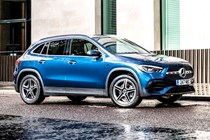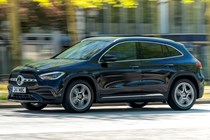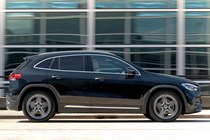
Mercedes-Benz GLA-Class running costs and reliability
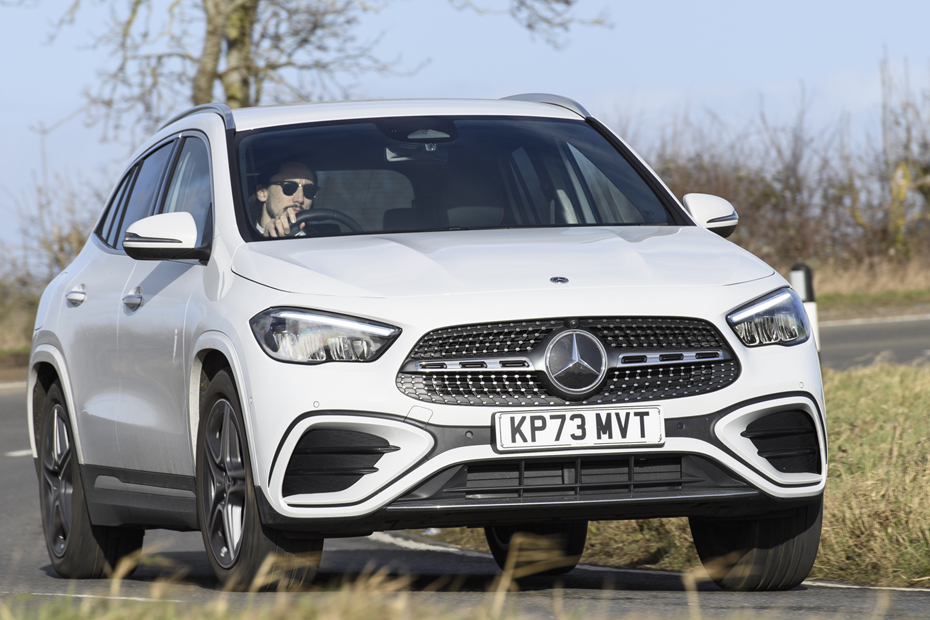
Miles per pound (mpp) ⓘ
| Petrol engines | 5.5 - 6.4 mpp |
|---|---|
| Diesel engines | 5.9 - 6.8 mpp |
| Plug-in hybrid petrol engines * | 5.6 - 6.1 mpp |
Fuel economy ⓘ
| Petrol engines | 37.2 - 43.5 mpg |
|---|---|
| Diesel engines | 46.3 - 53.3 mpg |
| Plug-in hybrid petrol engines * | 38.2 - 41.5 mpg |
- Petrol and diesel models deliver good fuel economy
- Plug-in hybrid model will travel 40+ miles on battery
- All-electric EQA alternative for those who want an EV
What are the running costs?
Things kick off with a Renault-sourced 1.3-litre, four-cylinder petrol engine producing 163hp and 250Nm of torque, badged GLA 200. It’s claimed to be capable of returning up to more than 40mpg in real-world driving, with usefully low CO2 emissions. It’s the only engine in the range to use a seven-speed automatic gearbox – all others use an eight-speed automatic.
The two diesel models both use a 2.0-litre, four-cylinder engine. The models badged 200d produce 150hp torque while returning more than 50mpg, while the 220d makes 190hp and will match the lower-powered diesel. Driven gently on a long motorway run, we managed 65mpg from the 220d.
A plug-in hybrid (PHEV) tops the range – it’s badged GLA 250e and uses the same 1.3-litre engine as the GLA 200, paired up to an electric motor and battery pack. This delivers 221hp by trading 4Matic for an underfloor battery pack feeding the 75kW electric motor sandwiched between the engine and the eight-speed DCT. If you want an all-electric version, you need to plump for the EQA, which is covered in its separate review.
However, with a flat battery, the GLA 250e could only achieve 36mpg on a long motorway cruise, making it thirstier than rivals like the Tiguan E-Hybrid.
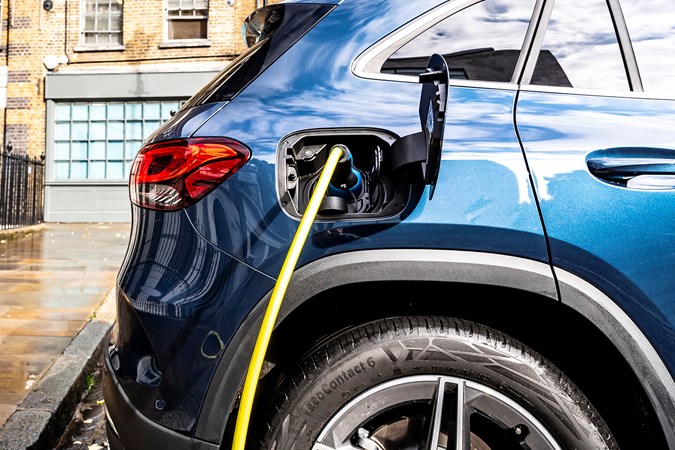
Servicing and warranty
Servicing intervals for the GLA are every 12 months or 15,500 miles – whichever comes sooner. A range of service packs are available, and can be passed on if the vehicle is sold to a new owner.
Every new GLA comes with a three-year, unlimited mileage warranty from the manufacturer, along with three years roadside assistance. Compared with up-to 10 years offered by rivals, Mercedes-Benz’s warranty is off-the pace.
Reliability
- Owners seem impressed with quality and reliability
- No recalls listed for 2020-2023 models
- Plenty of advanced kit, which could eventually be costly to fix
The overall quality and reliability of the GLA is good, according to its owners. The previous-generation GLA’s reliability record was far from exemplary – but if the range of Parkers owners’ reviews for this car is anything to go by, Mercedes-Benz has turned this round and produced a car that owners seem to rate very highly.
It will be worth keeping an eye on the fancy interior as time goes on, however, as the array of high-tech components offering plenty of potential for things to go wrong. There have been no recalls so far issued for this model – but this can be checked on the government recall website.
Ongoing running costs
| Road tax | £195 - £620 |
|---|---|
| Insurance group | 22 - 37 |
Get an insurance quote with

|
|






